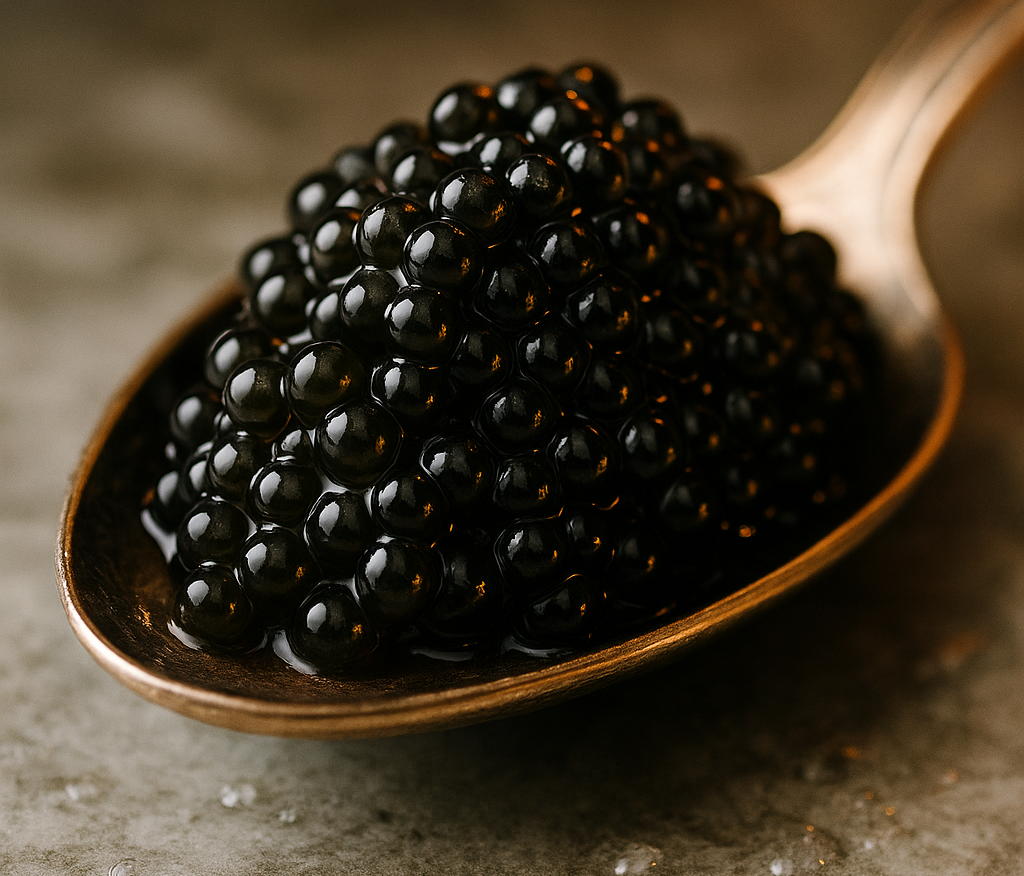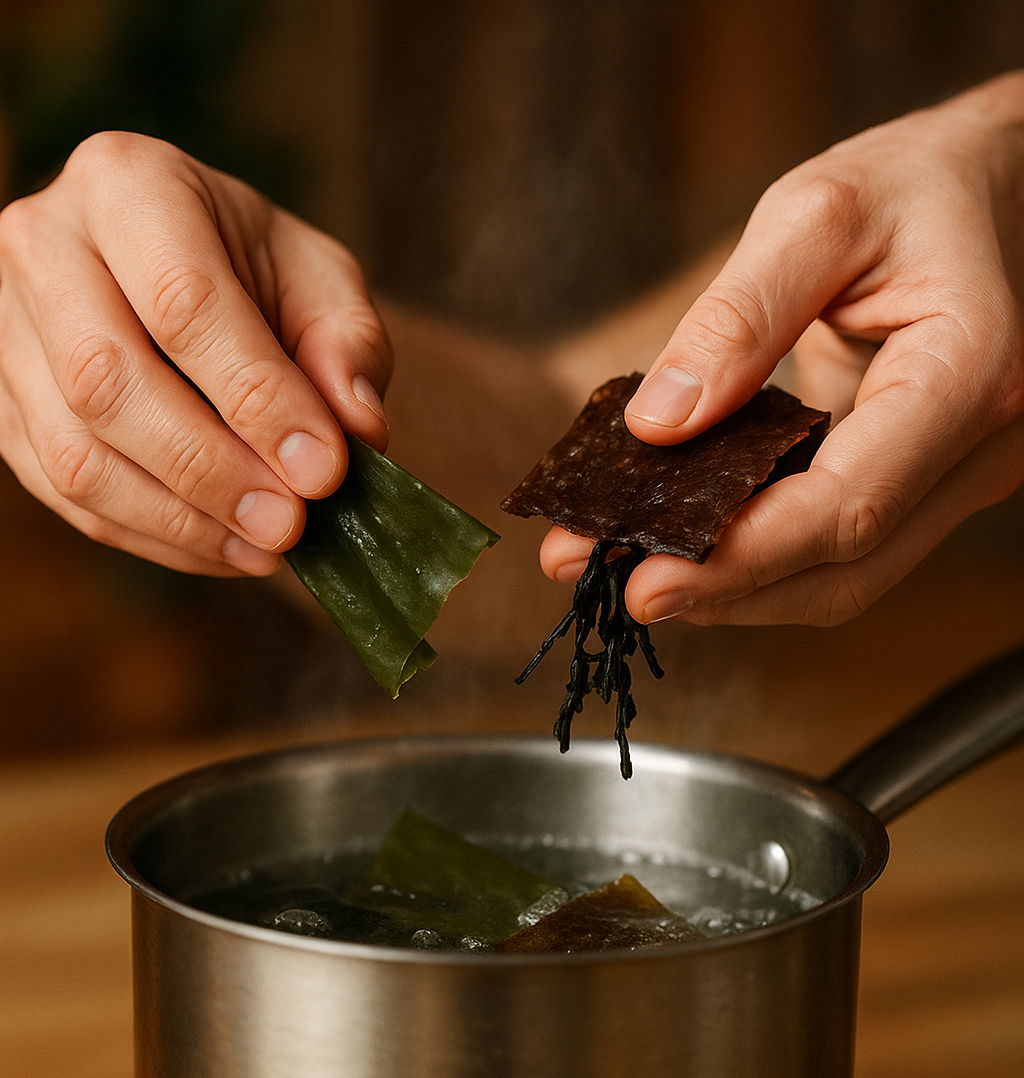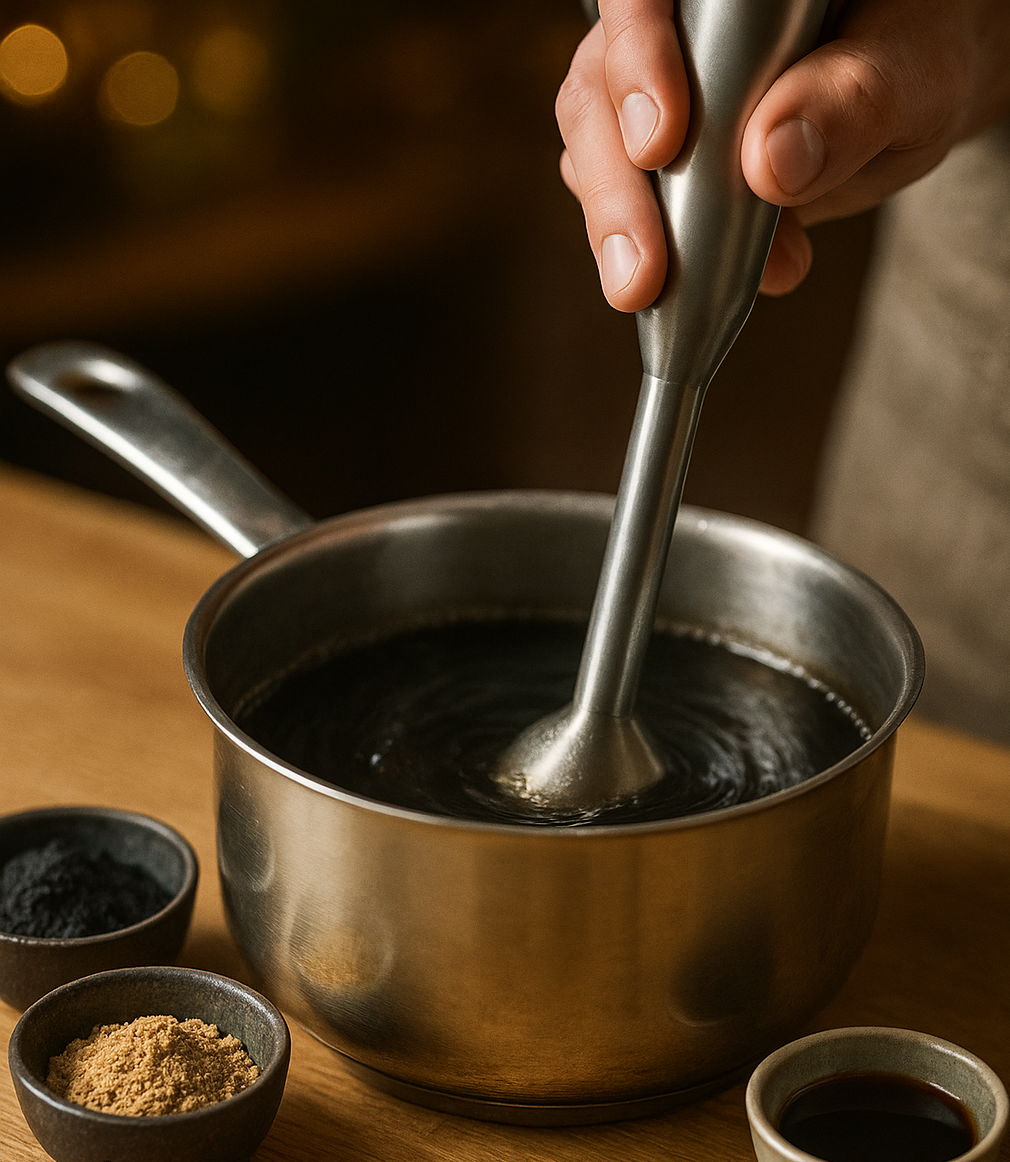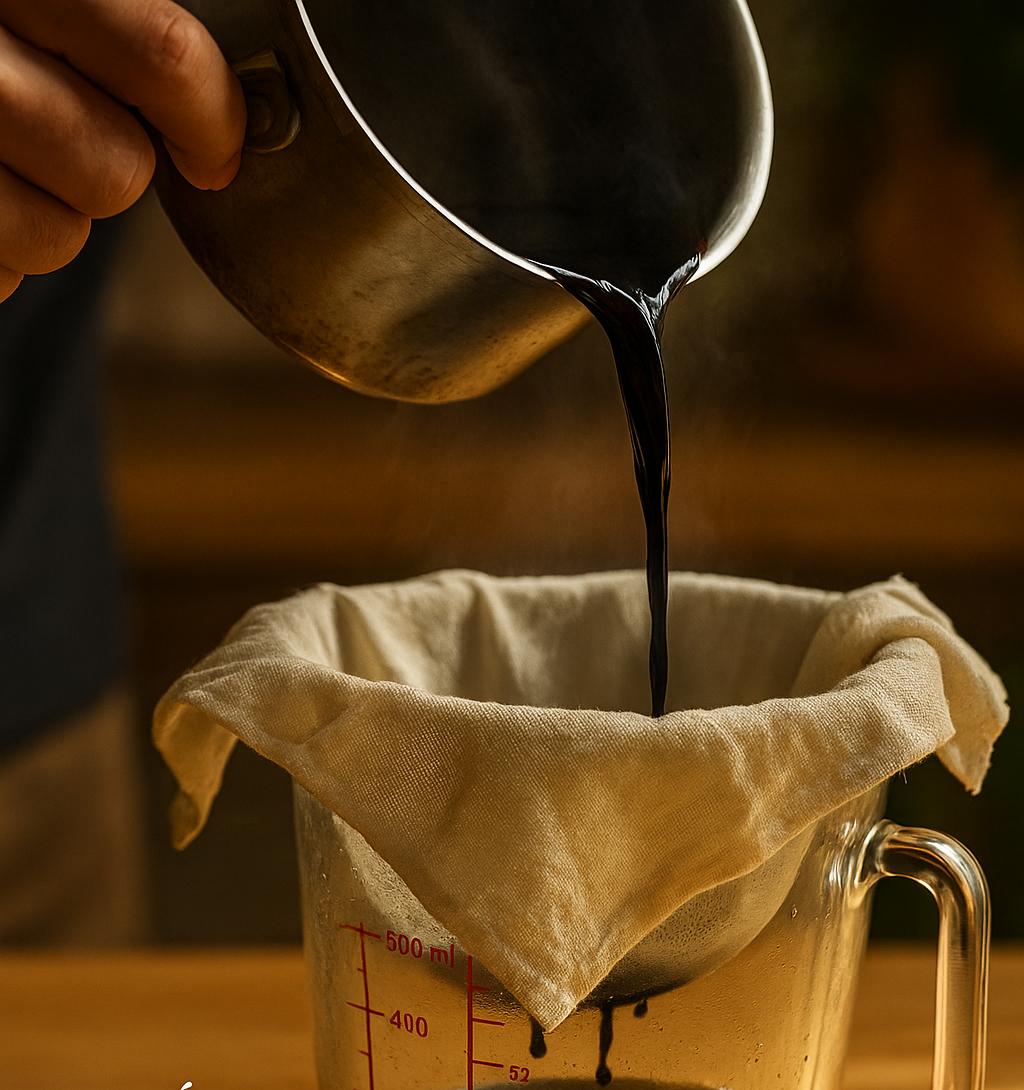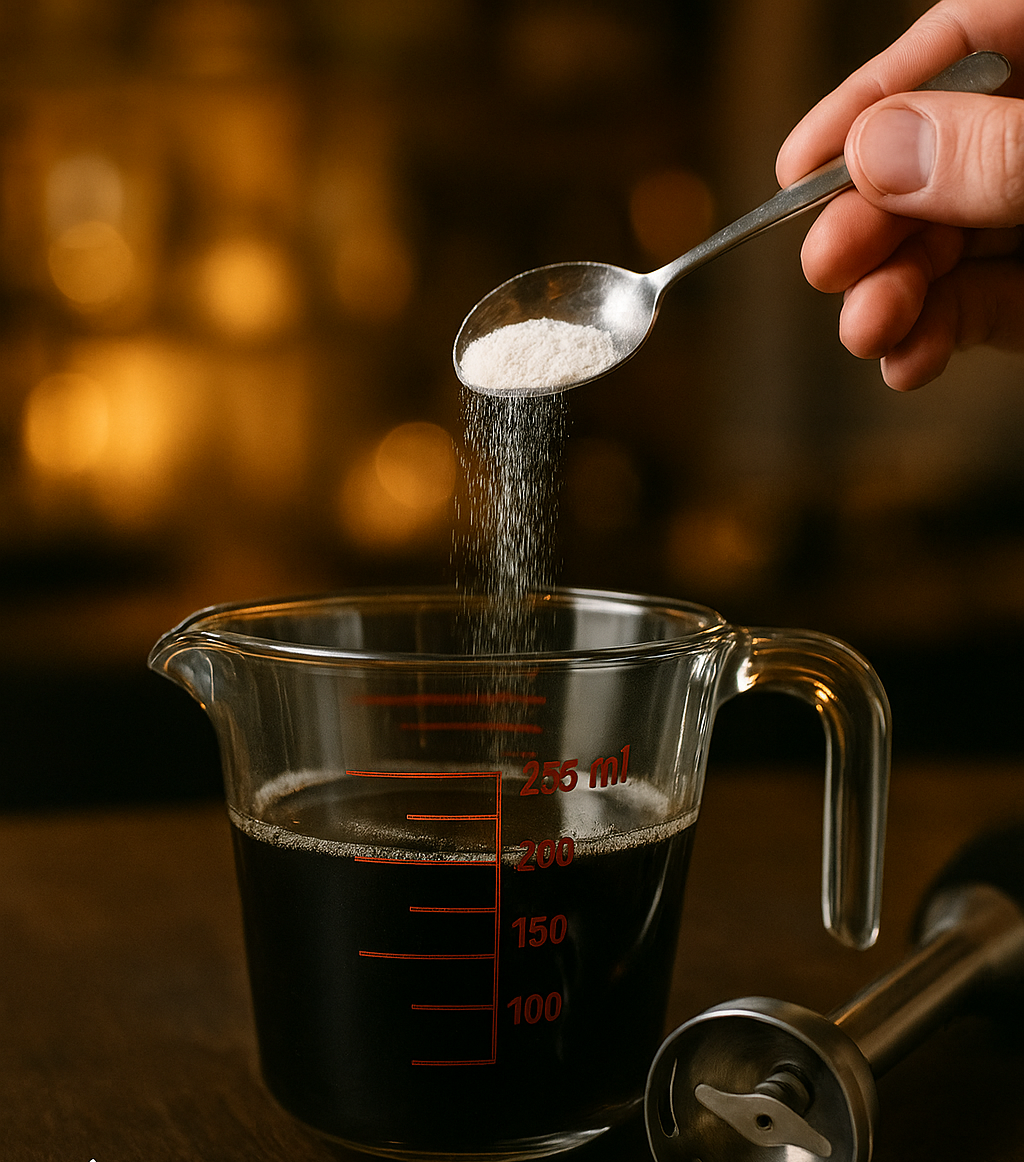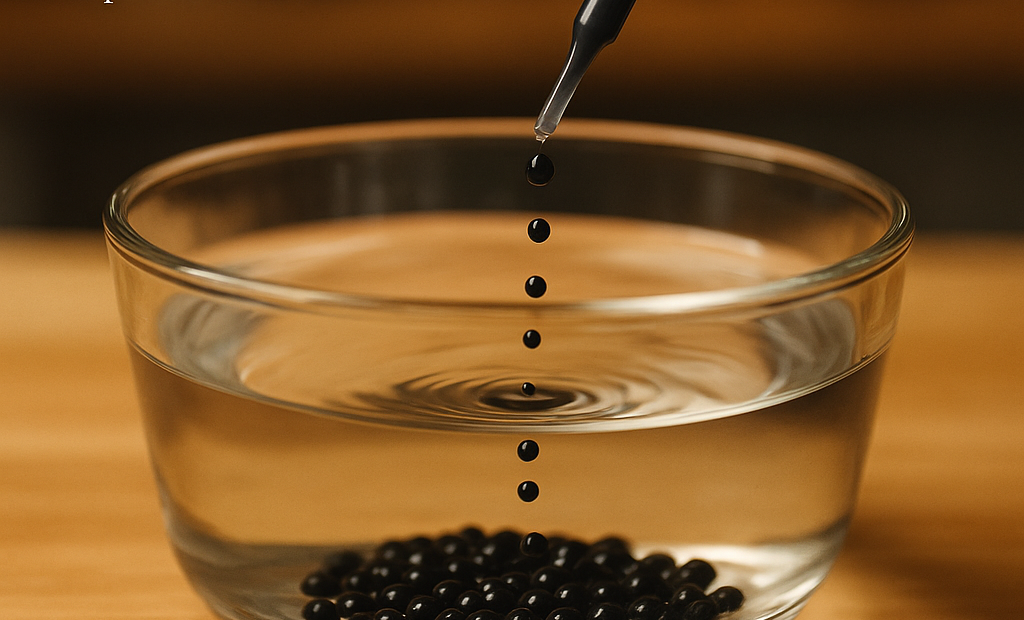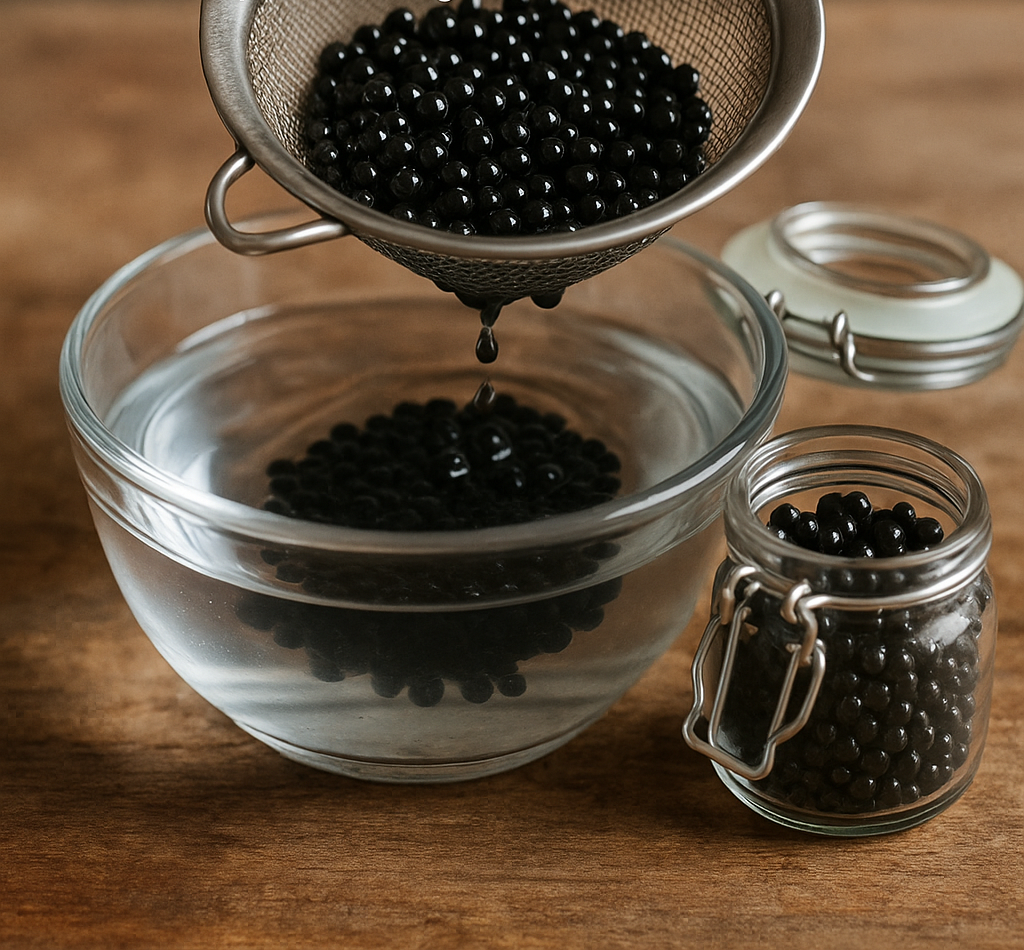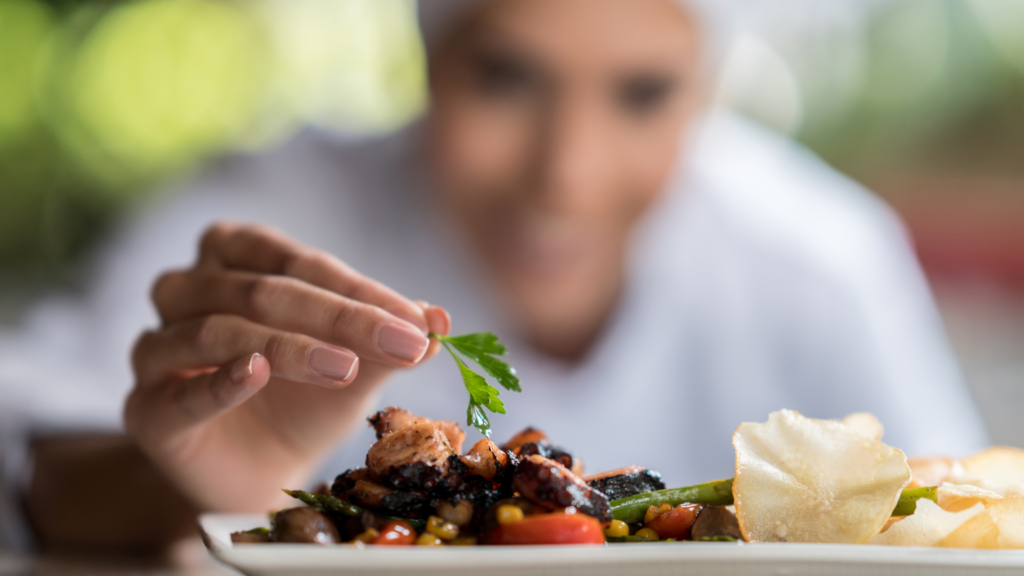Introduction :
Looking for a luxurious plant-based appetizer that surprises and delights? This vegan caviar recipe is a true showstopper. Using the magic of molecular gastronomy, it transforms humble seaweed and natural ingredients into elegant, pearl-like spheres that burst with umami and ocean flavor.
Unlike traditional caviar, this version is 100% vegan, cruelty-free, and made with sodium alginate and calcium lactate — two natural ingredients often used in fine-dining kitchens. Even better, it’s surprisingly easy to make at home.
Whether you're hosting a dinner party, crafting a gourmet vegan menu, or simply curious about vegan seafood alternatives, this recipe is a creative and rewarding way to impress your guests — without harming a single fish.
Let’s dive into the process and create pearls of ocean-inspired flavor that look as luxurious as they taste.
🕒 Prep Time: 25 minutes
🍽 Servings: 4
🌱 Difficulty: Easy
💧 Category: Molecular Gastronomy, Vegan Fine Dining
🧂 Ingredients You'll Need
🌊 For the Seaweed Broth:
- 1 sheet kombu (dried kelp)
- 1 sheet nori (seaweed)
- 1 tbsp dried wakame algae
- 500 ml water
🍄 For the Flavor Base:
- ½ tsp activated charcoal powder
- ½ tsp mushroom powder (or vegan dashi)
- 1 tsp soy sauce
🧪 For the Caviar Formation:
- 250 ml filtered base mixture
- 2 g sodium alginate
- 500 ml water
- 5 g calcium lactate
🍳 Step-by-Step Instructions
🔹 Step 1: Make the Seaweed Broth
Begin by simmering the kombu, nori, and wakame in 500 ml of water over low heat for about 10–15 minutes.
This draws out a rich, ocean-like flavor.
Once ready, remove from heat and let it cool slightly.
🔹 Step 2: Add Flavor and Color
Strain the broth using a fine sieve.
Next, mix in the activated charcoal, mushroom powder (or dashi), and soy sauce.
Then, blend everything using a hand blender until smooth.
🔹 Step 3: Strain Again for a Silky Base
Now pour the blended mixture through a nut milk bag or fine cheesecloth.
This ensures the base is free of any solids and completely smooth.
You should be left with a dark, aromatic liquid.
🔹 Step 4: Add the Sodium Alginate
Measure 250 ml of the liquid base and add 2 g of sodium alginate.
Blend thoroughly until fully dissolved.
After that, allow it to rest for a few minutes to remove air bubbles.
🔹 Step 5: Prepare the Calcium Bath
In a clean bowl, dissolve 5 g of calcium lactate into 500 ml of water.
Stir until the powder is completely dissolved.
This bath will help the pearls form properly.
🔹 Step 6: Create the Vegan Caviar Pearls
Fill a pipette, syringe, or squeeze bottle with the alginate mixture.
Carefully drop it into the calcium bath.
Tiny pearls will form right away! Let them sit for about 1–2 minutes.
🔹 Step 7: Rinse and Store
Once firm, gently scoop the pearls out using a fine mesh strainer.
Rinse them in cold water to remove any calcium residue.
Finally, store in a sealed container in the refrigerator until serving.
✨ Serving & Storage Tips
- For an elegant look, sprinkle a bit of edible gold dust before serving.
- Add a drop of truffle soy sauce for gourmet flair.
- Always rinse the pearls well to avoid any chalky aftertaste.
- These pearls are best served within 2 days for maximum freshness.
🔍 SEO Keywords to Include
Vegan caviar, plant-based caviar, sodium alginate pearls, vegan molecular gastronomy, caviar alternative, fine dining vegan recipes, seaweed-based vegan seafood, cruelty-free caviar, gourmet vegan food, homemade vegan caviar.

